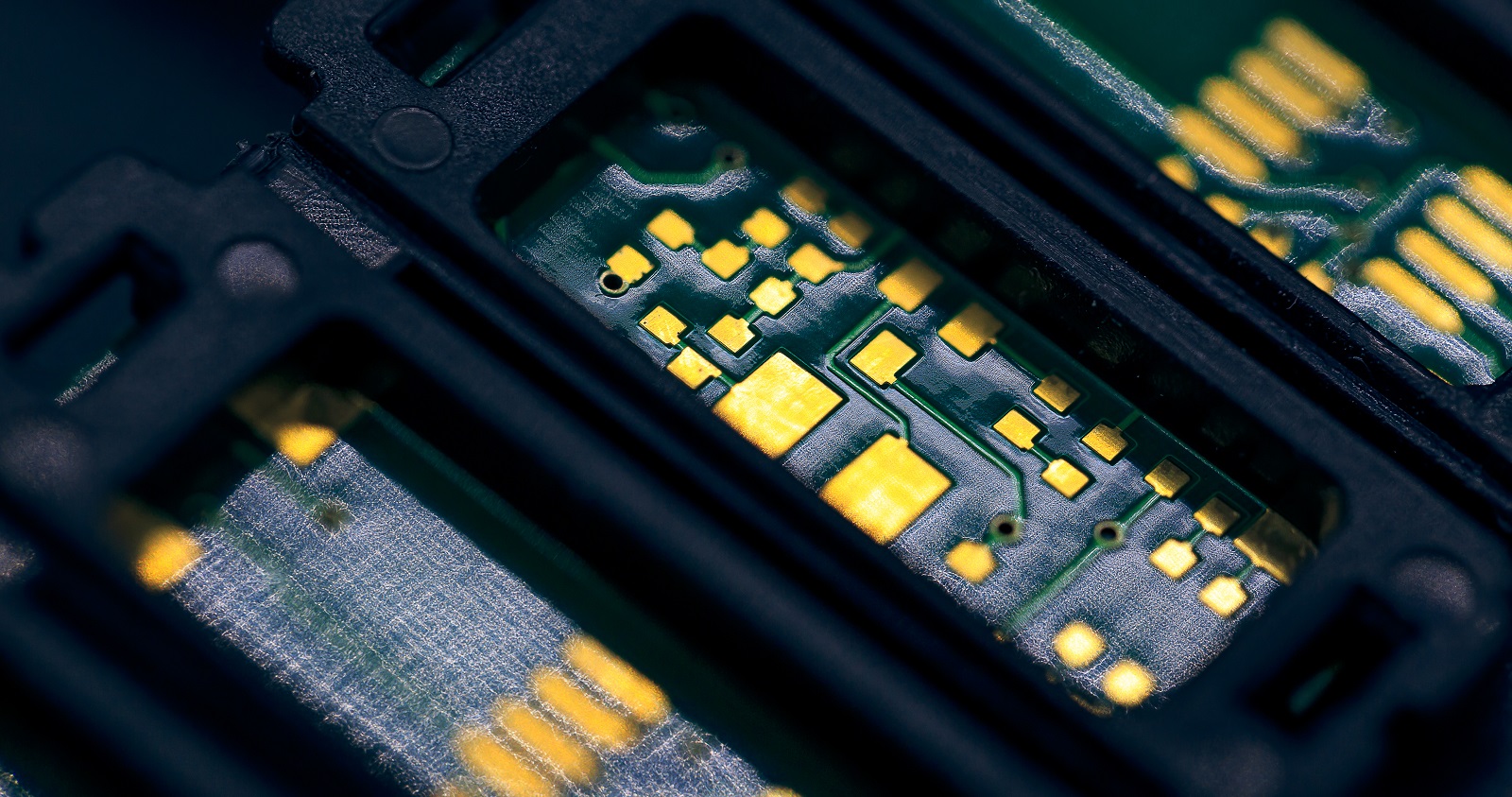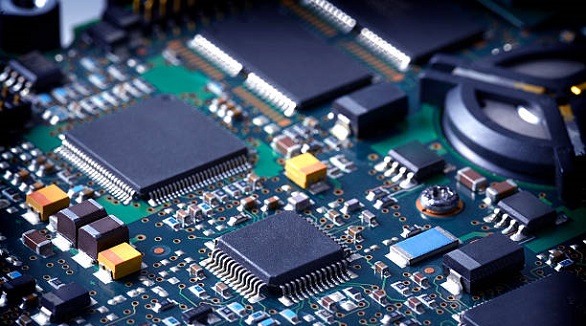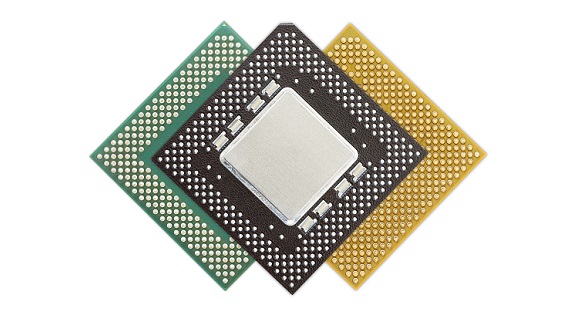How to Choose PCB Substrate
Choose the right PCB substrate based on application needs, balancing properties like Dk, Df, thermal conductivity, and cost, for optimal performance.
In the world of electronics, Printed Circuit Boards (PCBs) are the motherboard upon which everything else is mounted. The substrate material on which the board is constructed, i.e., PCB substrate, is the most crucial selection since it plays a deciding role in determining performance, manufacturability, reliability, and cost. With so many materials available to select from, from the ubiquitous FR-4 to high-frequency specialty laminates and ceramic substrates, choosing the right substrate for your application is crucial. This comprehensive guide covers how to make the best PCB substrate choice to meet your specific needs.
Major PCB Substrate Materials
PCB substrates are typically classified into three categories:
Organic Substrates
FR-4: Most commonly used material, a flame-resistant glass-reinforced epoxy laminate. It is cheap and suitable for most general-purpose applications.
High-Frequency Laminates: PTFE or hydrocarbon-based composites such as the Rogers 4000® and 6000® series. They are designed for RF and microwave applications, with low dielectric constant and low dissipation factor.
Flexible Substrates: Polyimide films like DuPont Kapton® are the enabler of flexible PCBs, with exceptional flexibility and reliability.

Inorganic Substrates
Alumina and Aluminum Nitride: These are high-end ceramics that give better insulation and thermal properties, which are most suited for applications where high thermal conductivity is required.
Metal Core Boards: Metal core boards, such as using aluminum for enhanced heat removal, which is extremely crucial for high-power applications.
Composite Substrates
Metal-Clad Laminates: These are organic laminates covered with a metal foil of very thin thickness, rendering them flexible and with improved electrical shielding.
Ceramic-Filled PTFE Composites: These combine ceramic with PTFE to match both dielectric properties and coefficient of thermal expansion (CTE).
Key PCB Substrate Material Properties
During the choice of substrate material, certain key properties must be considered:
Dielectric Constant (Dk): This shows how good a material is in conducting electromagnetic waves. Lower Dk is preferable in high-frequency applications as it encourages faster signal speed.
Dissipation Factor (Df): Shows signal loss in the material; lower Df is preferred to minimize signal degradation.
Coefficient of Thermal Expansion (CTE): Measures material expansion with temperature change. Properly matched CTE between layers prevents mechanical stress and potential delamination.
Thermal Conductivity: In high-power applications, high thermal conductivity assists in enhancing heat dissipation.
Glass Transition Temperature (Tg): Temperature at which a substrate experiences a transition from hard to flexible; higher Tg is desirable in high-temperature stability.
Moisture Absorption: Lower levels of absorption are desirable to maintain electrical insulation and long-term reliability.
Substrate Selection According to PCB Needs
Substrate selection according to your needs for your PCB is critical to achieve optimum performance. Below are substrate selection guidelines according to different PCB applications:
High-Frequency RF/Microwave PCBs: Require substrates with low Dk and Df for consistent electrical performance and controlled impedance; PTFE laminates like Rogers RO3003 are recommended.
High Layer Count Multilayer Boards: Demand materials with dimension stability, low Z-axis CTE, and high Tg to be able to endure thermal cycling stress; high Tg epoxy laminates are suitable.
High Power Applications: The substrates demand high thermal conductivity and dielectric strength; metal core boards and ceramic-filled laminates are apt.
Aerospace and Defense Applications: Require stable electrical characteristics and low moisture absorption; polyimide films and reinforced quartz laminates are recommended.
Automotive Electronics: Require thermally stable, flame-resistant, and lead-free process-compatible materials; FR-4 and high Tg laminates find widespread usage.
Flexible Circuits: Require very flexible and chemical-resistant materials; polyimide films and reinforced flexible laminates are best suited.
Substrate Selection Guidelines
In-house suggestions for substrates according to PCB applications are as follows:
Low Frequency/Digital PCBs: FR-4 continues to be an economic and reliable choice for such applications.
RF and Microwave PCBs: Higher-end laminates like PTFE are required for better electrical performance.
High-Speed Digital PCBs: Low-loss laminates like Rogers RO4350 ensure signal integrity at high frequencies.
High Power and Thermal Management: Insulated metal substrates (IMS) and ceramics ensure good heat spreading.
Flexible Circuits: Polyimide films like Kapton® offer the required flexibility and strength.
Factors Affecting PCB Substrate Selection
When selecting a PCB substrate, there are several factors to be considered:
Electrical Performance: Dielectric characteristics, loss, and impedance control are of prime significance.
Thermal and Mechanical Properties: Thermal conductivity, mechanical strength, and CTE match are taken into account.
Physical and Environmental Considerations: Flammability, moisture resistance, and thermal stability are important.
Manufacturing Considerations: Evaluate process compatibility, cost, lead times, and fabricability.
Reliability: Take into account thermal cycling resistance, environmental considerations, and long-term performance.

Selecting the ideal PCB substrate involves balancing a variety of electrical, thermal, mechanical, and manufacturing attributes unique to your application. FR-4 is sufficient for most general use, but demanding applications may require high-end materials to achieve optimum performance and reliability. By considering these factors and correlating substrate attributes to the requirements of your PCB, you can achieve maximum performance, long-term reliability, and cost-effectiveness, which in turn ensures the success of your electronic device.
Hot Tags:
Contact us

If you can't find what you're looking for, please contact us.
Article

Effective electronic packaging ensures protection, efficiency, and reliability, minimizing risks from environmental hazards and supporting manufacturing processes.

FR4 is a key PCB substrate with excellent electrical insulation, mechanical strength, and thermal resistance. It's valued for its balance of cost and performance, crucial for a wide range of applications.

IC packaging is essential in electronics for protecting components, providing electrical connections, and managing heat. This tutorial explores its complexities, including its importance, various types like SMD, QFP, and BGA, and considerations for choosing the right package for specific applications. Proper IC packaging enhances PCB performance and reliability.
